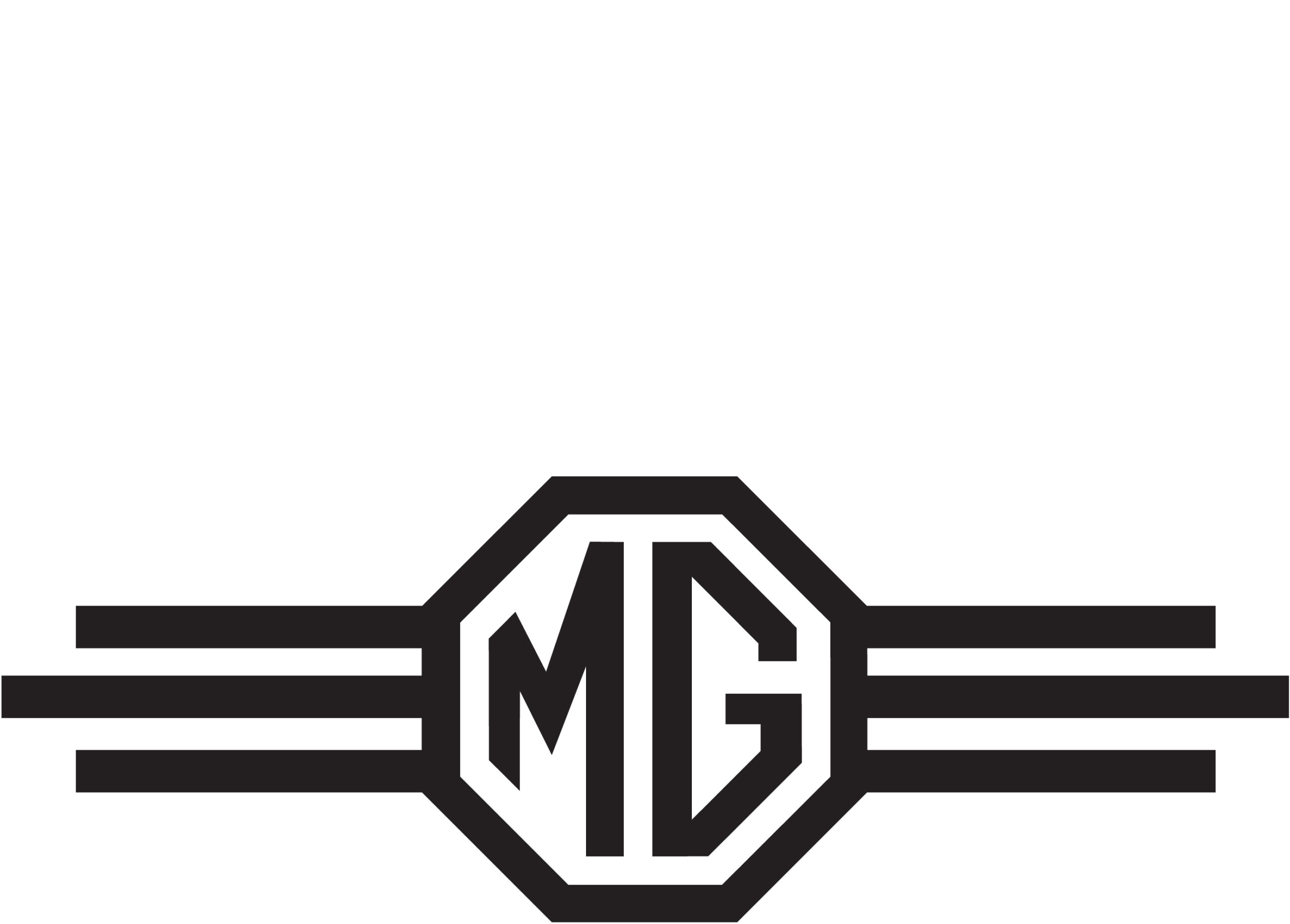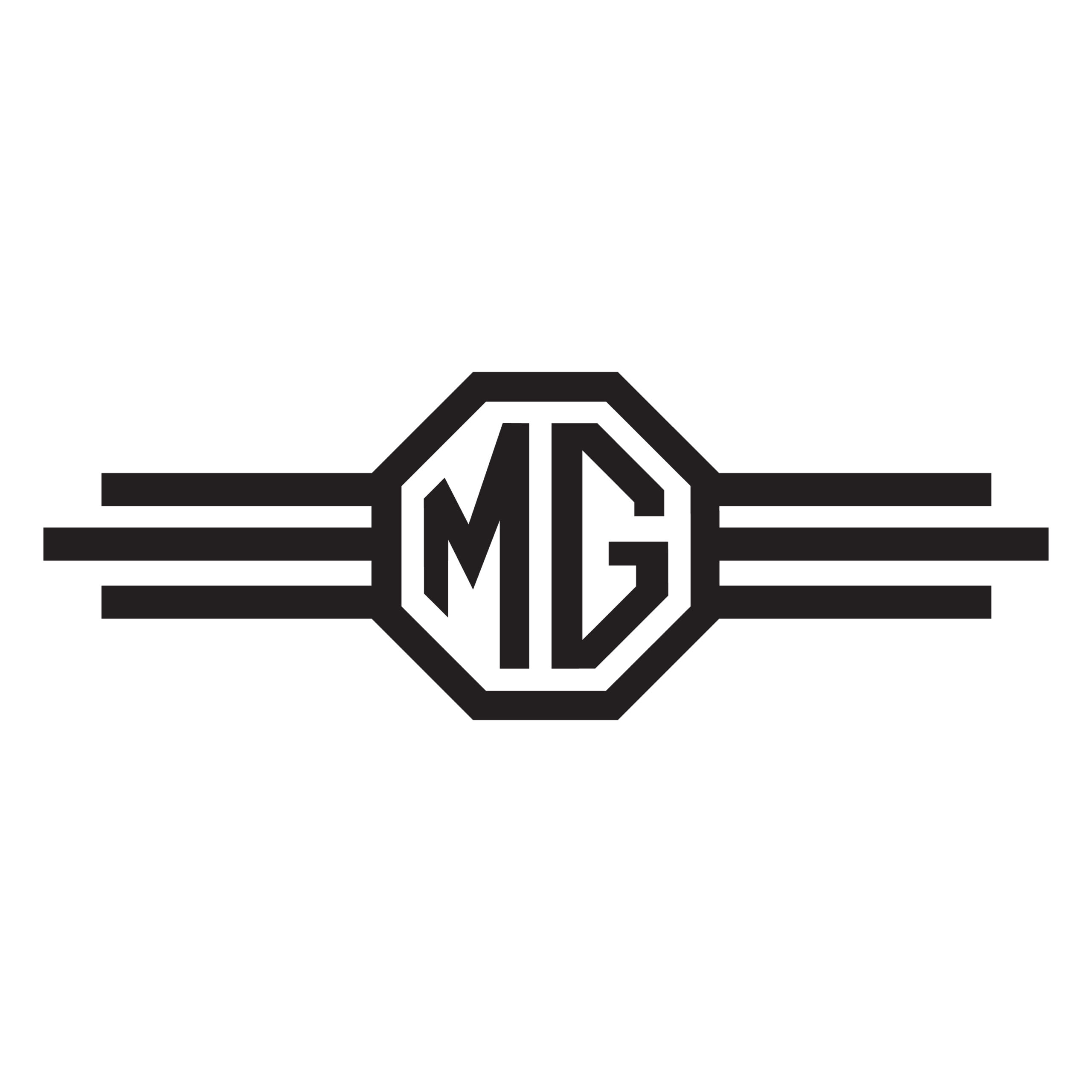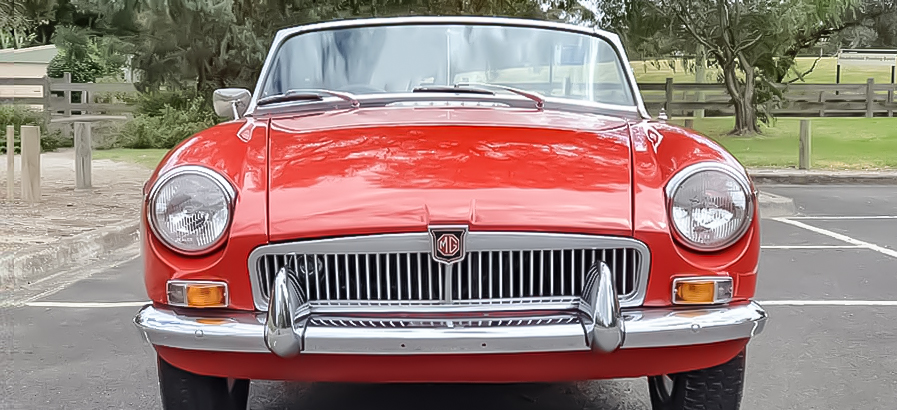
MGBS MADE IN AUSTRALIA – ANECDOTES
What caused this site?
The idea for this site came in June 2012. After a posting by Kimmie http://www.mgexperience.net/phorum/read.php?1,1674573 asking about VIN numbers on Australian assembled MGBs, it soon became abundantly clear that there was a lack of a central source where enthusiasts could verify details about the purchase dates; what year of manufacture a certain vehicle was; what equipment was specific for a particular vehicle and actually how many were assembled each year. It also became clear that there was a wealth of information out there in the heads of former MG owners, former staff working at the Zetland plant and individual clubs around the country, but no centrally stored body of information. Seeing these vehicles are enjoying their 50th anniversary this year, it seems as good a time as any to ‘pick the brains’ of the public and record this information for posterity.
ID Dispute
The following attachment is exactly what I hoped this website would achieve. Not only does it solve one of the mysteries surrounding the Australian-assembled MGBs but also gives the reader a really good insight into a) the knowledge and memory that is stored in the heads of people who were there (which we could lose if not recorded!) and b) the knowledge and keenness of enthusiasts who hold an amazing ability to synthesize all this information for our benefit. We are all grateful! MkII discussion
The Confusing Years – 1967 – 1969
Once again we are grateful to Tom Aczel for preparing the following explanation of the difference between vehicles produced over this 3-year period. the confusing years
Out of sequence numbers – REASON #1
Much confusion surrounds the sequential numbering of the Australian MGBs. The following incident compounded the confusion: Feeling they could improve on the doors being produced in the UK, workers set about creating their own templates in order to improve the fitting of the doors, reducing the size of the gaps. The doors were a much improved fit – EXCEPT, when the vehicle was lowered to the ground , under its own weight, the slight movement that this caused was enough to render the doors unopenable! This whole production run had to be withdrawn, doors replaced and presumably placed at the end of the queue, thus causing the numbering sequence to be out of sequence. At the time of writing, it is not known how many vehicles this mishap affected.
Out of sequence numbers REASON – #2
Another reason for the out-of-sequence numbers was (definitely with the MGA) and most likely with the MGB, the cargo ships would take differing number of days to sail from the UK to Australia, meaning the kits would not always arrive in the same order as they left the UK. Other reasons being different size ships travelling at different speeds; some ships having more ports of call in transit; mechanical problems with the ships; delays due to wharf loading/unloading; strikes etc.
Out of sequence numbers – REASON #3
Delays experienced in kits arriving in Australia.
(definitely with the MGA) and most likely with the MGB, the CKD kits were collected and packed in what was called the KD Department in Cowley(?). Everything had to be packed for a two month sea voyage so that parts did not deteriorate in transit. The timber packing cases were then trucked to the docks where they would sit for more time before loading. This would happen again in Sydney, but in the reverse order. Consequently Australian MGBs were at least 2 months old when they arrived.
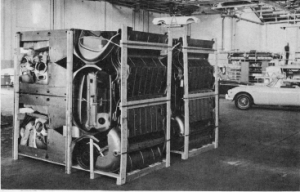
Two MG Midgets crated for transport.
Out of sequence numbers – REASON #4
It does seem that there was a ‘grab the closest one’ policy (or no policy) regarding which vehicle was assembled first. It appears that the first chassis to be assigned to Australia bore the Abingdon prefix ‘1734’. However, the vehicle that was assigned the Australian suffix of ‘501’, had an Abingdon prefix of ‘1737’. It’s interesting to note that by the time Australia started assembling these, the Abingdon prefix was up to the ‘3000’ range.
Is this an “Oops!”
The following anomaly has never been explained clearly. The last of the MGA models (the 1600 Mk II) were given the serial number YGHN3 (GHN2 for the English built cars). The YGHN3 was also used for the first series of the MGB (The English MGB Mk I was GHN3)
Why?
All Australian MGBs can be distinguished by the serial number commencing with ‘Y’.
Why start numbers at 501?
It appears that this was just tradition. It’s been suggested that the Abingdon assembled cars started with the MG factory phone number!
More confusion with the numbers
A practice that had been used right through the Australian assembled MGAs occurred on approximately the first 975 MGBs; that was the use of the genuine MG Abingdon factory chassis number AS WELL AS the Australian issued suffix. (Webmaster: I would be very interested to know if you have one of these vehicles and what your chassis number is)
Leftovers
Apparently, there was a tendency to export leftover/superfluous/superseded stock to the colonies. Supporting this claim is the case of the MGB Mk II. This vehicle was introduced in the UK in November, 1967. The last MGB Mk 1 to be exported to Australia however, was not until two months later, in January, 1968. The first MGB Mk II was not released in Australia until January 1969, (some 14 months after its UK introduction!). This also led to some of the new modifications announced in UK for the Mk II to be included on the latter Mk I cars, such as reversing lights, radial ply tyres, stronger anti-roll bar, oil cooler, laminated windscreen and headlamp flasher.
Why stop now?
Why was the MGB discontinued? Apart from the fact that sales were diminishing, largely due to the fact that there was a mood change in Australia towards larger sedans, with more powerful engines (and priced competitively), there was another imperative felt by Leyland. They needed the space to produce a saviour to compete with ‘the big 3’ (GM, Ford and Chrysler). Yes folks, it was the P76! Australia’s answer to the Edsel, which suffered a similar fate to that of the American beast.
Too big?
Evidently BMC had difficulty making the new big Austin Healey 3000 conform to US safety regulations. It was decided to put the engine into the MGB body (offered as the MGC).
The heavier steering and bulbous bonnet was unpopular at the time, despite Royal patronage. It soon went out of production (now considered a collectible!)
What a seller!
The MGB, using essentially the same transmission, suspension and engine as the MGA, broke all sports car sales records, with approx. 138 000 Mk1 (’62 – ’67) and 375 000 Mk IIs (’67 – ’80)
MGs in Australia
The MG car was manufactured in Australia from 1956 to 1972.
The tunnel’s bigger!
With the introduction of the Mk II and the inclusion of syncromesh on all gears and different ratios, there was a need to widen the transmission tunnel. This also meant that it was possible to offer an automatic transmission.
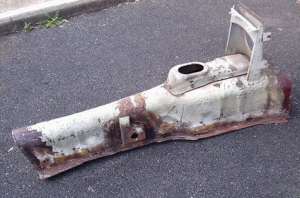
The early transmission tunnel

The wider tunnel to accommodate the modified gearbox
An interview with an ex Abingdon production line worker.
An interesting interview, appearing on the South Aust MG Car Club site
http://www.mgccsa.org.au/Library/Archives.html
Press Release for MGB Mk II (see ‘brochures’ in ‘Good Stuff’)
What is interesting, and answers some questions is the following extract;
“Features that were on the previous MGB model but phased in just before the Mk. II as normal model improvements include reversing lights, radial ply tyres, stronger anti-roll bar, oil cooler, laminated windscreen and headlamp flasher.”
Which suggests that these were not unique to the MK II.
Ok, ‘fess up, who stole them?
From the UK end, they’re saying they sent us 9 090 cars. From the Aussie end they’re saying they only got 9 081. Who’s fibbing and where are those 9 cars? (see analysis of figures from 6 sources).
(Webmaster: this just emphasises the need for your details so that we can get to the bottom of it)
Who’s a lucky girl then?
Some people have all the luck!
MY_MGB.compressed
The first London to Sydney Marathon Car Rally
The First London to Sydney Marathon Car Rally.compressed
Where to stick it
Where to stick it.compressed
MG meaning
MG meaning.compressed
Definitely out of line
Definitely out of line.compressed
Indicator lights positioning
During the latter part of 1969, there was a change to the mudguards; an inward positioning of the front indicator lights (roughly 1”). I have seen many ‘before and after’ photos trying to highlight this, but somehow, they don’t show it clearly enough. Well, I just discovered a photo that demonstrates this perfectly. This is ACTUALLY, SOMEBODY’S VEHICLE!

Somewhere, between 1969 and today, somebody put an odd mudguard on this vehicle. The driver’s side mudguard is the later model one. The difference certainly stands out!
And here’s another one! (the opposite side this time)
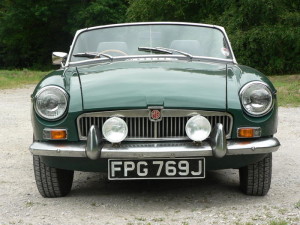
A Slice of Life around the Enfield site
Just received a great story of life around the Enfield site during the ’60s from one of our contributors, Ross. Here’s part of the story concerning the other side of the factory fence…
Tuff little bugger!
Even though the photo says it all, here’s the description that was sent in…
FYI the damage from the tree was a dented/cracked aluminium bonnet (thrown away not worth to repair), dented L&R front 1/4 panels (I’ve panel beaten and repaired), a torn and bent soft top roof (thrown away), broken off side mirror 1/4 glass bracket.
The bonnet cracked where it hit the engine filler cap (the bolt that comes out the top of it). The cap survived with no damage, engine still ran fine.
Tuff little bugger!
Notes from Owners
It’s great to get stuff like this from owners. It paints a more vivid picture.
Chris Garrett sent the following details recently (thanks Chris)….
“I owned my MGB from early ’69 through to ’74 and covered some 100,000+miles. This included an epic trip across the Nullabor to the Tasman Cup when the road was unsealed for long distances just across the WA/SA border.
In 1972 I prepared it as per the factory Special Tuning manual to run in the last 6 Hour Le Mans race that was held at Barbagallo Racweway (formerly known as Wanneroo) It ran beautifully for us all day.
The relevant details are:
Chassis: YGHN3
Car/Body No: 5445
Engine No: 18GBRUH 91106
Colour: Jay Blue.
Registration number: UIA 800
Dealer: Dave Johnson Motors Market St Fremantle
It was a demo model on the floor and fitted with a vinyl covered J & S hardtop. It was a transition Mark 1 model with the reversing lights,oil cooler,head lamp flasher, radial ply tyres and overdrive. I purchased and fitted the heater myself. The only problem of note I had was with the layshaft (Had the gearbox rebuilt twice), I left for overseas soon after selling the car to Peter Berryman at Aub Berryman & Son who specalised in sports cars. I don’t know of any subsequent history.”
Of course it’s of interest!
Received the following information from David Dolphin (ex-employee at the Zetland plant). Thanks for sharing the information David.
Of course it’s of interest!
Identity Crisis
One of the vehicles that appears to have ‘slipped past’ the eagle-eyed assembly line inspectors is YHN9 1379. If you have a look at the image in the ‘Image Gallery’ you’ll notice that it has 2 official stampings – YHN9 1369 AND YHN9 1379. Apparently, the vehicle has been registered as the latter, making two vehicles out there (maybe) bearing the same ID.
How a Toyota dealer ended up with two MGs
This is how a Toyota dealer walked away with two MGs 012
MGA & MGB
BLACK BEAUTY
IS THAT WHAT THEY SAY?
Many of us have our opinions about what happened to the MGB once British Leyland got its corporate hands on it. In an official BL communique, it was mentioned why the bonnets were changed from aluminium to steel. Tom Aczel puts (what I would call) a realistic slant on the whole decision…
“Hi Roger
While BL may have claimed the reason for changing the bonnet from aluminium to steel was “because of paint finishing problems”, I’d suggest the real reason was simply cost.
The MGB was originally intended to have aluminium door and boot panels (skins) as well as the bonnet, just like the preceding MGA series. This was vetoed by management on cost grounds. Later, as we know, the bonnet too became steel, around the same time various other fittings previously chrome plated were now more cheaply finished, now painted black or finished in a brushed satin finish.
Apparently when the rubber bumper models were being finalised in the UK, the Abingdon engineers asked if the bonnet could be made in aluminium again. The management, (I read at the time), denied that request, and instead mandated that thinner steel for the panels should be specified to partly offset the additional weight of the new bumpers.
Regards, Tom”
SEPARATED THEN REUNITED
Great story of how owner and car were reunited…
Separated then reuinited after 38 years
THE WORLD’S FASTEST MGB
AN MG TRAGIC (20.6.2020)
There are tragics and there are devotees…
JARRAN’S CAR (20.6.2020)
GREG’S CARS (24.6.20)
Below is an article by Greg Fereday about his mgb experiences (check out his photo with Don Hayter in the ‘Miscellaneous’ gallery
CAR ID – A CAUTIONARY TALE
How easy it is to be confused.
WHAT I’VE DONE TO MY CAR
Tom Aczel talks about refinements he’s made over the years to his car.
WHAT HAVE I BOUGHT?
Yet another cautionary tale…
MY DAD
What a fantastic find! This is the first of (I hope) many recollections to come from someone who was there from the very beginning of the MGB and played a crucial role in the setting up of the production line. Read on…
A Tale of My Two MGs
The reasons for buying an MGB are many and varied. The same goes for the experiences one has when owning these vehicles. Attached is a recollection back to the ‘60s that Paul Judd has of those experiences. Thanks for sharing this with us Paul. July, 2022
